The journey towards becoming a fully-fledged dread head certainly has its challenges.
When it comes to starting or maintaining dreadlocks, there are a couple of different methods a person can use to develop the look that they’re going for.
This tends to bring a lot of confusion for people, especially because the spread of misinformation pertaining to dreadlocks has increased with the accessibility of the internet.
People tend to document the specific process that they underwent for locking their hair, before proceeding to advise their readers or viewers to follow the same practice.
However, what people fail to take into account is the fact that humans have different hair types.
So, what worked for a Caucasian person may not necessarily be the best option for a person of color.
You catch my drift?
Anyway, this article is going to break down the different methods for starting and maintaining a healthy set of dreadlocks, before offering a verdict on the best technique.
Let’s get down to business, starting with a quick answer summary…
Crocheting is one of the best methods for starting and growing dreadlocks as it’s the fastest method for getting that locked look right away. It also avoids the use of expensive products such as waxes and gels that can cause build up in your hair.
Which methods are used to make dreadlocks?
As alluded to earlier, there are a number of procedures you can use to grow your dreadlocks.
The method you choose will ultimately depend on your own personal wants and needs.
Now, here’s a little description of each one.
1. Neglect
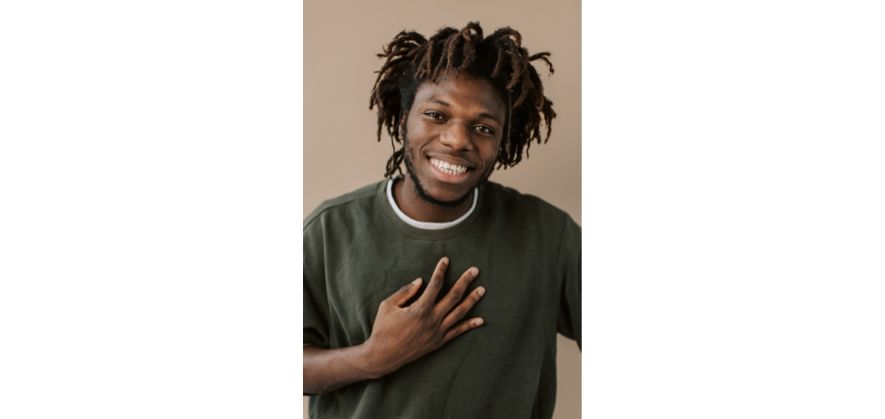
You know that word “freeform”?
Well, this method of hair neglect leads to what are called freeform dreadlocks.
It basically entails letting the hair on your scalp do its own thing, with little to no manipulation on your part.
One of the benefits of the neglect method is that its extremely easy on your scalp.

You won’t feel the tension or tightness that’s associated with some of the other methods of locking your hair to get dreadlocks.
With some basic separation (i.e. parting), you can end up with a very healthy set of dreadlocks given enough time.
Unfortunately, the major downside of this method is the fact that you get very little control over the resulting style of your dreadlocks.
With neglect, you pretty much leave your hair to grow and lock on its own, so you don’t have much of an influence on how the strands of hair are shaped as they mature.
2. Twist and rip
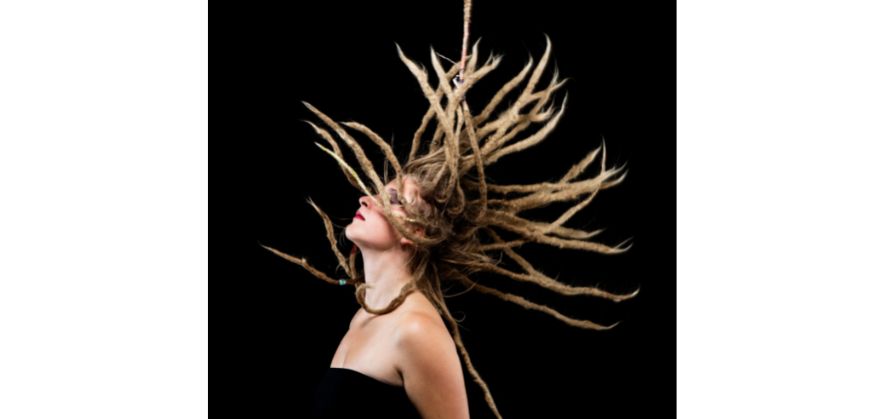
Next up, we have the twist and rip method.
Believe me, it’s definitely not as painful as it sounds!
What happens here is that your hair is sectioned, after which you twist the hair around itself a couple of times.
After the hair is loosely wrapped, you basically separate the tip into two equal ends and pull them apart.
The logic behind this is that you’re developing secure knots that have been formed in a downward spiral that runs all the way down to the root of your hair.
By alternating the direction of the spirals and keeping the separation of the tips irregular, you end up with many intersections which is the essence of the twist and rip style.
Check out this quick video tutorial for a closer look on how this dreadlock method works:
3. Backcombing

The third approach to locking your hair is backcombing.
It’s quite similar in procedure to the aforementioned twist and rip method, although it’s a little less straining on the scalp.
If you’re the kind of person who has a low tolerance for pain, then consider going with this method instead.
How it works is that you start by sectioning the hair, before using a loose comb to make short brushing movements towards the scalp; beginning from a few inches above your roots.
You want to sort of tease the hair by collecting it back in a column, prior to repeating the process from a higher point in the strand.
Keep performing the above sequence, working your way all the way up to the tip of your hair.
One downside of this method is that once finished, your hair can feel very loose.
So, you may want to consider additional maintenance to supplement this method of locking your hair.
4. Palm rolling
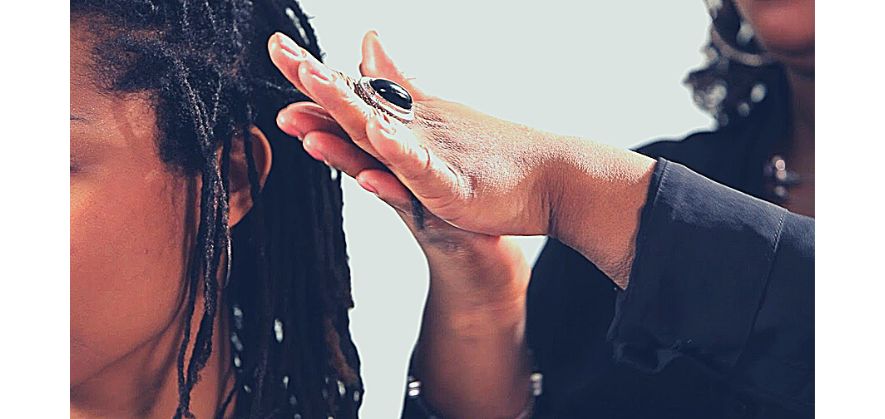
Now we get to good old palm rolling!
This is probably one of the most common methods that people with kinky and coarse 4c type hair use to create dreadlocks.
You start by sectioning your hair and tying each section with rubber bands at the roots.
Once you’ve done that, the next step is to braid each section to the shape and length of a dreadlock.
Subsequently, you’ll take either a purpose made dreadlock wax or hair locking gel and apply a little bit of that onto your palms.
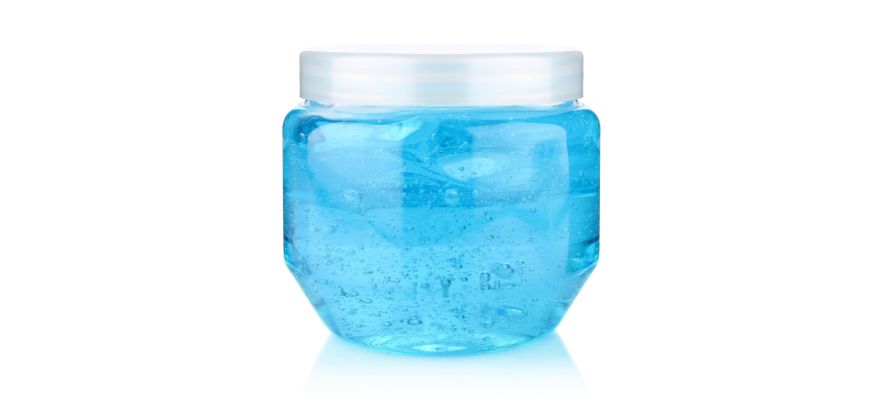
Then you’ll place the braided hair between your palms and roll it over and over again, as you’re trying to manipulate the shape of your hair into a dreadlock.
You can choose to be firm when doing this by applying more pressure on the lock whilst palm rolling, or go for the gentler approach as well.
What this method effectively does is simulate wear and movement on your soon-to-be dreadlock, forcing the hair within it to properly work out its kinks and knots.
5. Crocheting
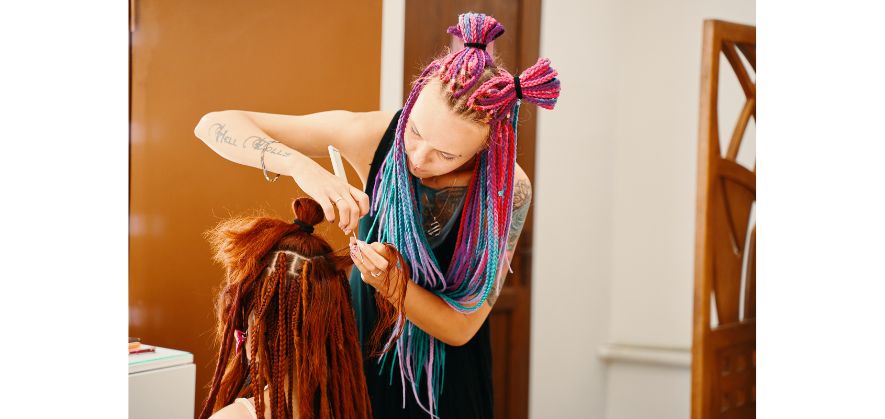
Last up, we have the method that I personally use!
Crocheting my dreadlocks is what I prefer, purely because I don’t want to have product build up on my scalp.
What we have here is the fastest and most aggressive way of forming dreadlocks.
You basically use a 0.6-millimeter crochet hook and insert it right through the dreadlock.
After that, you use a scooping motion to collect the loose hair strands in the jaw of the hook, before drawing the needle back inside the dreadlock and attempting to unhook the hair from the needle whilst it’s still inside the lock.
Then you simply repeat this process for each sectioned part of hair.
Here’s a short piece of video footage which demonstrates the entire process in an easily-digestible way:
What you need to be careful of here is not to over pick when using the needle.
If you do this, you could end up damaging strands of your hair and that in itself can be difficult and fairly expensive to repair.
Closing thoughts
That then leads us to the ultimate question.
Which dreadlock method is best?
Well, my own opinion is that the crocheting method is the most ideal.
Personal bias aside, it avoids the use of expensive wax and gel products when locking your hair.
Over time, consistent use of these products creates dirty build up in your dreadlocks that can cause them to have a bit of discoloration which ultimately makes them look less attractive.
Using these products may also contribute towards your dreadlocks coming loose, which is another problem that beginners in their journey really loathe.
I would definitely suggest that anyone starting their dreadlocks steers clear of the palm rolling method.
Although if they choose to do so then they’d be better advised to use products like coconut oil that don’t leave any residue or product build up in the hair.
- Can You Trim Dreads? - July 11, 2023
- Can You Have Dreads in the Military? - April 17, 2023
- Can You Wash Dreadlocks Every Day? - April 15, 2023
